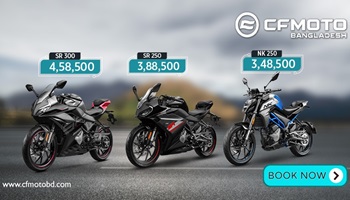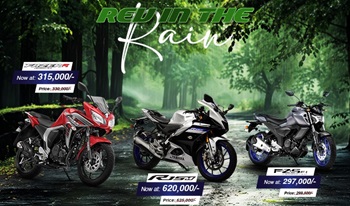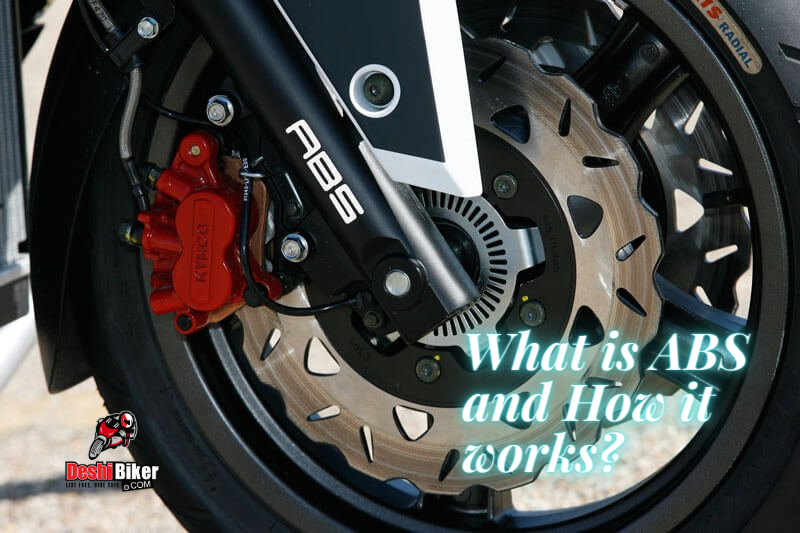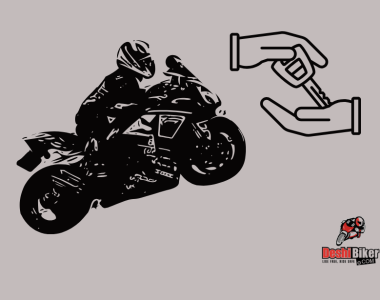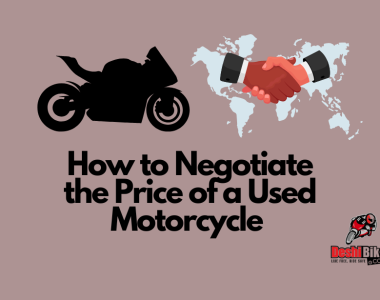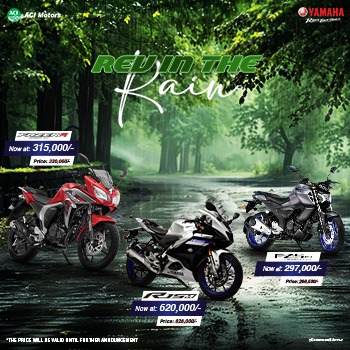Now a day, Anti-Lock Braking System (ABS) is the most desired feature for motorbike. It prevents locking the wheels during the break of the bike and protects the wheel from skidding. In many countries of the world, the ABS braking system is compulsory, but its trend isn’t started yet in our country.
ABS breaking system is not a new idea for car and motorbike. In 1988, For the first time, BMW brought the BMW K100 bike with ABS braking feature in the market. After that in 1992, Honda present their first ABS contained bike ST1100 Pan European in the market. The European Commission passed legislation in 2012 that made the fitment with ABS for all new motorcycles above 125 cm3 engine to be mandatory.
What is ABS braking system?
Anti-lock braking system (ABS) is a safe breaking system of modern motorbikes. Which prevents bike wheel from locking during braking. It continually measures the speed of two separate wheels and compares them with the speed of the system. This speed measurement is done by the individual speed sensors. If The speed of the timing of the breaks is deviated from the motion of the system, then the ABS breaking system coordinates two points and reduces the speed of the wheels. It is used separately for each wheel. This is regulated by an ECU Programming. The ECU breaks the rotating speed of the breaking assembly and reduces the wheel rotation without sudden locking.
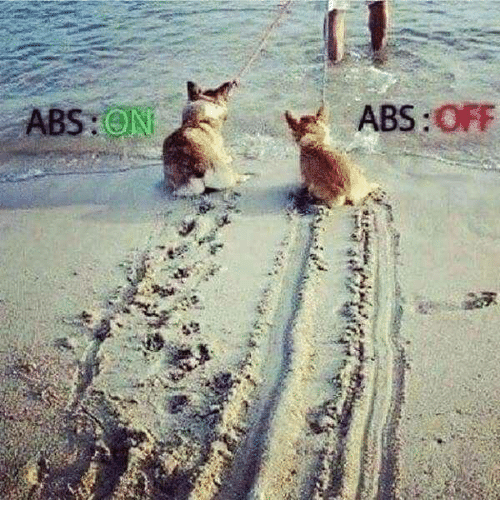
ABS mainly consists of 4 parts:
- Electronic Speed Sensor: This sensor measures the speed and speed of the wheels. It’s located into the caliper of the disc.
- Tooth Disc: It helps the sensor to determine the speed of the tire in the wheel. It is connected to the break disk.
- Electronic Control Unit (ECU): ABS program is stored in a Microprocessor unit called ECU. It’s usually found in under the biker’s seat.
- Electrical controller valve: This controller controls the pressure of the valve brake cylinder and it is located beside the ECU.
Benefits:
- Stopping Distance: Though since the breaking is controlled and applied electronically, the stopping distance significantly reduces compared to the non-ABS bike.
- Sudden Braking: it’s more efficient in sudden braking. It protects and stabilizes the bike from skidding during break.
- Braking in Slippery Surface: Most riders have encountered this condition and have found out the results. ABS provides equal breaking force on each wheel and provides direct strike to the bike and protects against unexpected accidents.
- Traction Control: It offers safety on stronger bike’s speed and bad surfaces.
- Lasting: ABS increases the lifespan of the braking system and increases its efficiency.
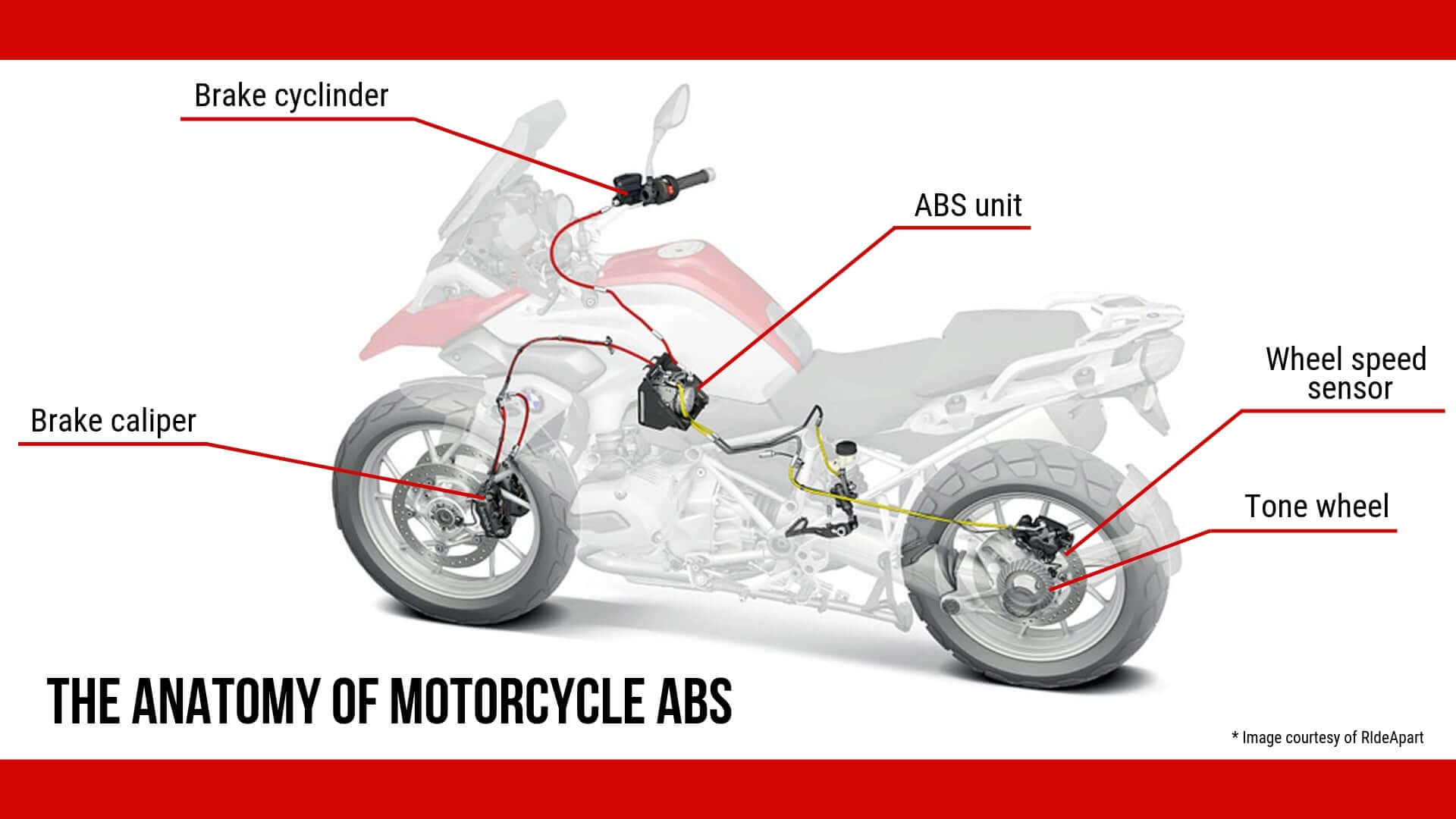
Some complications of ABS: There are also some negative side of this breaking system as well. For sports stunt bikes, this is a great disadvantage. For its expensiveness, it’s not preferable for regular bike.
Right now there have only some motorcycles in Bangladesh having ABS those are Honda CB150R Exmotion, Suzuki Intruder, Aprilia RS4125, KTM Duke 125 and KTM RC 125. Those is more opportunity to get ABS in Honda CBR 150R 2019, Honda CB Hornet 160R, Yamaha R15 Version 3.0, Yamaha FZs Fi Version 3.0, Suzuki Gixxer, Taro GP 1 etc in near future.
At the end we can say that, it will give better performance in braking and will provide safety for bikers. We hope that bike companies will add it into their bikes soon considering the road situation of our country.
~ Live free, Ride safe /.









